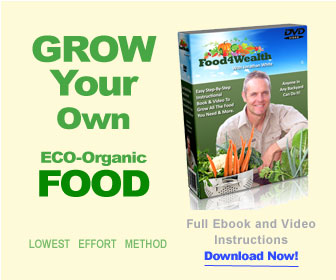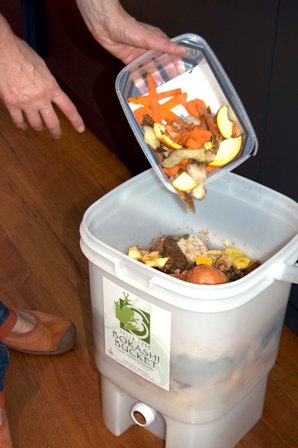Compost – there are so many benefits of it…
Whether you’re looking for a more natural solution to dispose of grass clipping and food waste, or you want to cultivate rich feed for your garden, compost is the way to go…
But how do you get started? While composting can get quite detailed (if you want it to) it’s pretty simple to begin, and you can make it as elaborate or as basic as you desire.
Composting is, without a doubt, the most important supplement you can give your garden soil. For greater yields of vegetables or more prolific flowers, compost adds incredible nutrients that will keep your plants happy.
When setting out, start your composting pile on a dedicated patch of bare earth. This will let worms and other organisms aerate the compost, and eventually transport them to your garden beds. Using worms and bugs to your benefit in this way is known as vermicomposting.
Next, put down a layer of straw or twigs, a few inches deep. This will increase aeration and provide drainage. Once your base is established, you can begin to add your compostable materials in layers. Always alternate layers of moist and dry! Moist ingredients include food scraps and tea bags.
It’s important to know you should never include meat or animal products –
They attract wild animals and don’t break down well and can leave your compost moldy and very smelly! Dry ingredients to compost include wood ashes, sawdust, leaves and straw.
Once your composting layers are in place, it’s time to add manure. This can be cow, pig, horse or bird manure. There are also plenty of green, non-animal options, such as clover and grass clippings. However Manure activates the composting pile and gets the breakdown process going.
Now that your compost pile is established, it’s important to keep it moist. If you live in an area where it rains often (or often enough) then Mother Nature will aid in this regard. However, you can always moisten it yourself, with stored rainwater or as watering restrictions in your area permit.
Next, cover up your compost pile to retain the two composting essentials that cause breakdown – moisture and heat. You can use plastic sheeting, pieces of wood, or even old carpet. But even though your compost pile is covered up and ready to do its thing, you can’t just ignore it. Every couple of weeks, get out a rake or pitchfork and turn the material over. This aerates it further, providing essential oxygen.
Speaking of aeration, if you do make use of red wrigglers, white worms or earthworms for vermicomposting, they’ll continue working their magic in your pile. Vermicomposting also reduces levels of contaminants and increases nutrients, providing further benefits once your compost actually makes it to your garden.

Once you’re comfortable with the essentials of composting, you may want to look into particular methods, such as bokashi.
Bokashi is a Japanese term, used to describe a style of composting that decreases smell. The goals of the method are achieved by using a blend of microorganisms to cover food waste.
Bokashi microorganism blends typically include ingredients like carbon, in the form of sawdust or even bran, lactic acid bacteria, yeast and a sugar, such as molasses. Bokashi practices can be integrated on a large scale into your main composting pile, although it’s typically done in a food waste bin within the home that’s later deposited elsewhere.
There are many Compost Bins and Compost Tumblers on the market for composting in, and they do have their benefits, but it isn’t always necessary to have one in order to be successful or manage your composting in a tidy and appealing way. A dedicated spot in your yard, perhaps cordoned off from access by kids or pets, is just as effective and neat.
So don’t hesitate. Get out there and set up your composting pile. You’ll reduce the amount of rubbish you’re leaving out by the curb, contribute far less to landfills and in the process, create your own, all-natural fertilizer for your fruits, veggies and flowers.


Leave a Reply